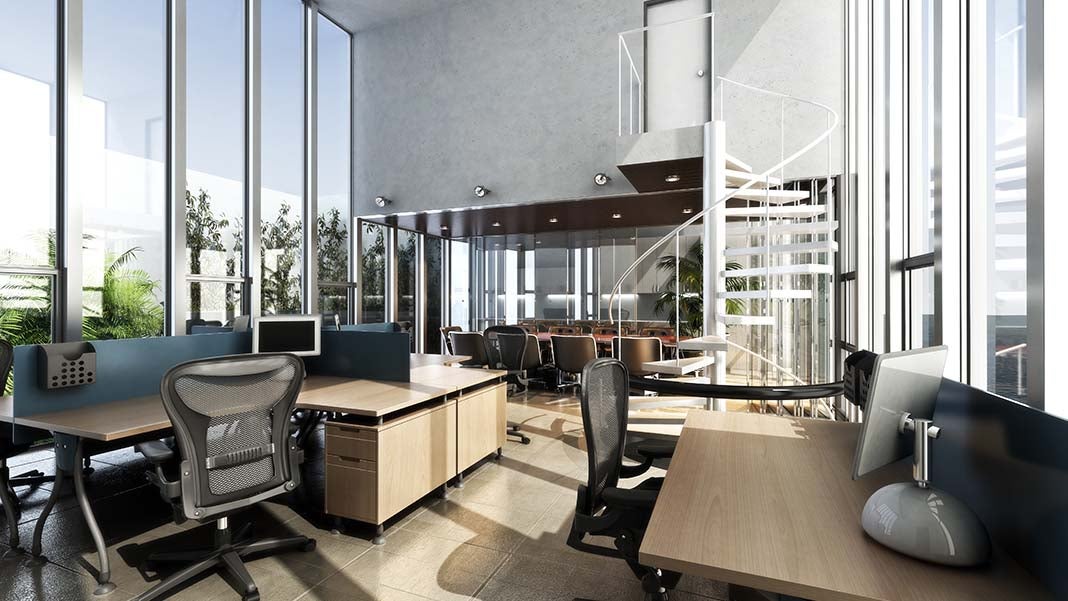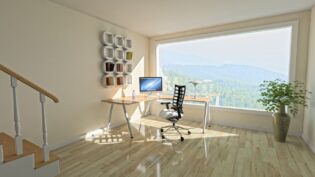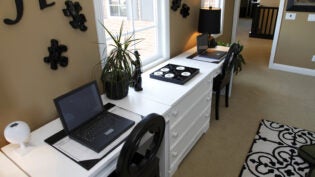
Open offices have been generating a lot of buzz lately. The open office is famous for its use at Google, Facebook, and other fast-paced tech companies, who assert that having an open office encourages employees to cooperate on projects. Supposedly it’s the 21st century office layout for 21st century employees, but do they really measure up to the hype?
Right now the expert reaction to open offices is that they are far from the right thing for employee job satisfaction and productivity. What’s more, they’re not even what millennials, the supposed beneficiaries of open offices, would prefer in an office. Finally, open offices clearly fail to deliver on the promises of increased collaboration and productivity, since the lack of visual and auditory privacy builds resentment between employees and bogs top performers down with distraction after distraction. It’s not just the experts; some employees hate open offices too.
In spite of all this, however, open offices still do have some draws for employers. They obviously cut down on costs, since you don’t have to pay for dividers and space for each employee. In the right industries, they can make sense and become a powerful tool for directing the energies of extroverted employees. It’s clear, though, that if you’re considering an open office, you need to take steps to temper the negative aspects that such layouts bring so that you can get the most from the positives. Here are my recommendations.
Establish a Quiet Zone
Librarians say “Shhh!” for a reason; sometimes in order to get work done you need absolute peace and quiet to focus on a hard problem or hammer out some tedious writing. If it’s possible to find space in your current layout, set aside a room or two as quiet work spaces away from the action on the main floor. Quiet rooms won’t alleviate the problems with visual privacy, but they can help to cut down on distractions for employees who work harder in highly focused environments.
If you’re low on available rooms, try to do everything that you can to streamline a small space and give everybody a crack at working in a quiet room who wants to.
Click here to read more on selecting appropriate home office furniture
Enliven Shared Space
Cubicles get a bad rap for being bland and soulless, but for all their monotony cubicles do off some space for employees to customize as their own. This includes decorating the walls with posters, keeping family photos on the desk, and keeping their own small library of job-related books handy for easy reference. These may seem like trivial things and ultimately pale in comparison to the customization that individuals with full offices can take advantage of, but by giving employees a chance to breathe life into their space you help them make the office a happier (and more productive) place.
In order to avoid having your open office fall afoul of the criticisms of cubicles, that they’re bland and take a toll on employees, try to liven up the space. Livening up shared spaces is especially important. A bland cubicle slows down one employee, but a bland open office slows down the entire floor.
Plants can be a good start here, but don’t overdo it. The staples of a lively open office are definitely going to be exciting photos and inspiring posters. Even better, reach out to the office and ask for photos taken by your employees to decorate the walls.
Lighting is also important here. Different employees will operate more or less effectively depending on the light in their environment. Some find it easier to focus when everything but their immediate workspace is darkened, but others will be energized by fresh sunlight. It’s important to work with your employees to find balanced approaches to controlling their environment. Giving employees the option to move into spaces that fit their needs better is a good start and individual desk lamps can give a homey feeling to a space.
Maintain Privacy
Earlier we talked about how employees can feel that their privacy is threatened in an open office. This threat doesn’t need to come from their fellow workers, though. For example, I’m not concerned that one of my coworkers will start going through the things on my desk, eating my snacks and flipping through my calendar. I’m not so sure about their children and friends, though, who come into the office bored and eager to amuse themselves.
Individual cubicles and offices are usually clear no-go spaces for visitors, but an open office layout can seem like an enticing playground for a young child or free seating for an impatient teen. Responsible managers will need to find ways of giving employees a strong feeling of safety and privacy with the things that they bring to work. For example, there are storage lockers for sale that establish clear private zones for your employees. Moving beyond the drab gray of high school gym lockers can also help feed into a colorful office, like we talked about above. The sky’s the limit here.
Open offices can be inspiring vibrant places if you can work around some of the inherent difficulties with such layouts. Let me know what you’re doing with your open office.
 Author: Nick Cesare is an SEO expert. When he’s not getting into the mind of Google he likes to cook and go mountain biking. You can reach Nick @cesare_nick.
Author: Nick Cesare is an SEO expert. When he’s not getting into the mind of Google he likes to cook and go mountain biking. You can reach Nick @cesare_nick.
3035 Views












